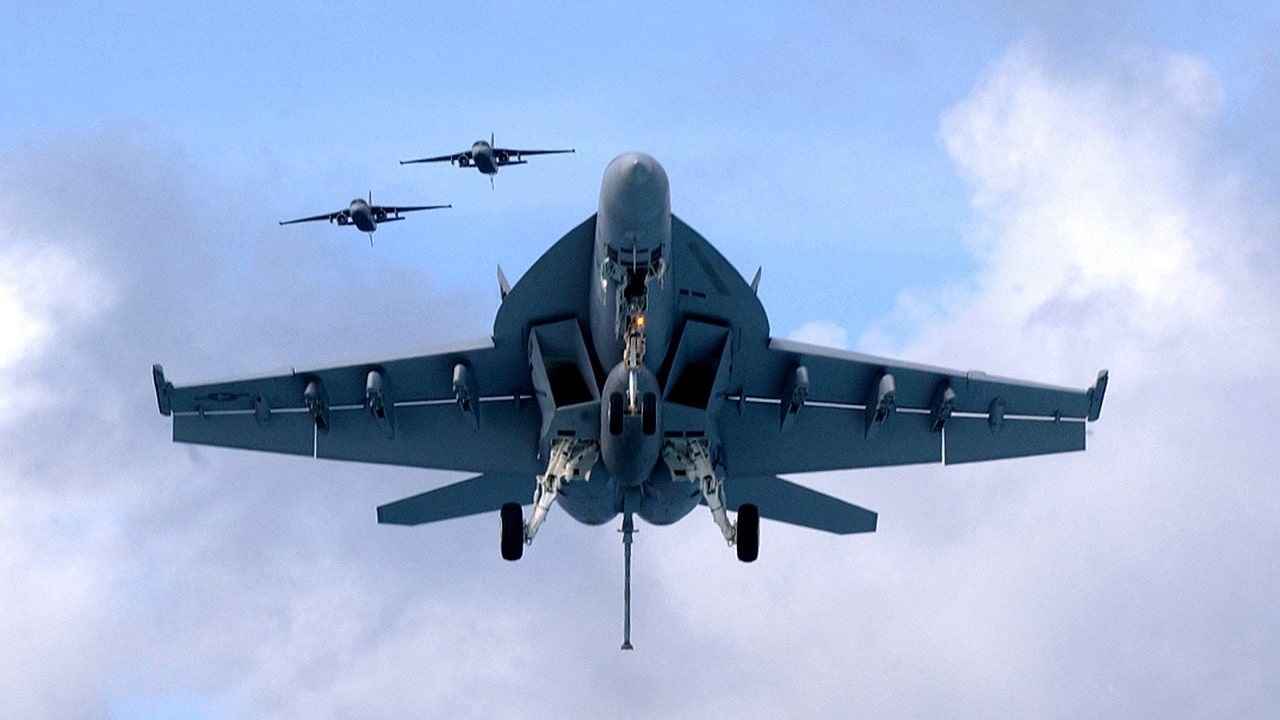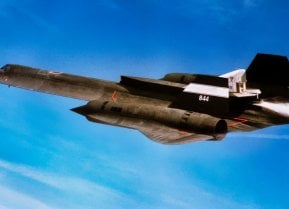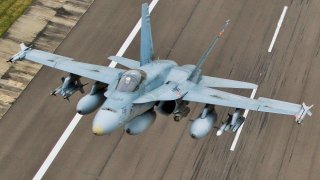F/A-18 Super Hornet Block III Is One Mean Navy Fighting Machine
In 2020, Boeing was awarded a $4 billion contract with the Navy to produce 78 Block III F/A-18 Super Hornet airframes, which are expected to all enter service by 2024.
F/A-18 Super Hornet Block III Is One Tough Fighter Plane for the U.S. Navy - Over the summer, manufacturer Boeing revealed that the first F/A-18 Block II Super Hornets had been upgraded to the latest Block III configuration.
This Service Life Modernization program will ultimately add roughly 4,000 flight hours to the service lives of these formidable fourth-generation fighters. While the introduction of the fifth-generation F-35 Joint Strike Fighter and the impending Next-Generation Air Dominance (NGAD) program will likely top the service’s priorities, the latest Super Hornet iteration will remain in service for decades to come and should not be dismissed as a “has-been” platform.
Introducing the F/A-18 Family of Fighters
At the height of the Cold War, U.S. officials were pouring resources into modernizing aerial platforms in order to contend with their Soviet counterparts. At the time, developing a counter to the newly installed MiG-25 was essential. However, following the dissolution of the USSR, budgetary cuts and considerable restructuring became the norm in the military. Even the upcoming McDonnell Douglas A-12 Avenger II was canceled in the early 1990s due in part to the minimized need for such a platform. McDonnell Douglas proposed an alternate airframe to the Avenger around this time, which would also serve as a replacement for the A-6 Intruder. This “Super Hornet,” initially called the Hornet II in the 1980s, proved more appealing than Grumman’s Quick Strike enhancement added to the F-14 Tomcat.
By this decade, the Tomcat was falling behind in terms of capabilities in the more modern era. Even then-Secretary Vice President Dick Cheney referred to the Tomcat as “1960s technology.” By the early 1990s, the Super Hornet was ordered by the Navy. Despite the service retaining the F/A-18 designation to help promote the program to Congress as low-risk, the fighter was essentially entirely new. The variant was largely conceptualized based on Northrop Grumman’s YF-17 platform by both the Navy and Marine Corps. While the jet appeared to look similar to the TY-17 from a distance, the new variant was larger, with bigger engines, a bigger rose, a larger LEX, sawtooth wing leading edges, heavier landing gear, and most significantly an arresting hook system.
The Hornet’s Operational History
During the 1991 Gulf War, the Hornet proved to be an effective platform. The Navy did, however, recognize that the jet would need to undergo some major facelifts in order for it to remain a dominant player in the skies. The initial two blocks of the newly improved Super Hornets gave the airframe approximately 33 percent more internal fuel storage and 15,000 more pounds in maximum weight, allowing for more than a 40 percent increase in operational range. The new Super Hornets also featured sophisticated cockpit additions, including an Engine Fuel Display, a touchscreen display, and a Reference Standby Display. Additionally, the avionics tucked inside the fuselage were enhanced, like the onboard radar. Specifically, the Super Hornet was fitted with an APG-79 radar system that could keep track of more enemy airframes and detect them from much farther distances.
Introducing the F/A-18 Super Hornet Block III Iteration
While the Block II Super Hornet is already an effective airframe, its successor ensures that this family of jets will remain the Navy’s workhorse for the foreseeable future.
Back in 2020, Boeing was awarded a $4 billion contract with the Navy to produce 78 Block III Super Hornet airframes, which are expected to all enter service by 2024. Perhaps the most notable addition to the Block III variants is the set of conformal fuel tanks that add roughly 3,500 pounds of fuel. Since neither the older Super Hornets or even the F-35 fifth-generation platform has the range needed to strike Chinese targets from a safe distance, this capability is paramount.
Specs and Capabilities
In terms of avionics, the latest iteration of fighters sport the Advanced Cockpit System, which allows the pilot to access more information at a faster pace through the integrated display. This will particularly come in handy through Block III’s enhanced network capabilities. The fighters have been designed with advanced features to help collect and share information as this capability becomes a standard feature of battlefield equipment. It uses Distributed Targeting Processor-Networked mission computers and a Tactical Targeting Network Technology data link to achieve this seamless upgrade capabilities.
The Block III Variants Will Fly for Years to Come
Since the Next-Generation Air Dominance (NGAD) program will not come to fruition until the next decade, the introduction of additional Block III Super Hornets will be critical in case a kinetic war does emerge with China. This latest iteration may not be fifth-generation, but still provides an important ability to the Navy’s aerial strategy.

About the Author
Maya Carlin is an analyst with the Center for Security Policy and a former Anna Sobol Levy Fellow at IDC Herzliya in Israel. She has by-lines in many publications, including The National Interest, Jerusalem Post, and Times of Israel. You can follow her on Twitter: @MayaCarlin.
All images are from Shutterstock.


